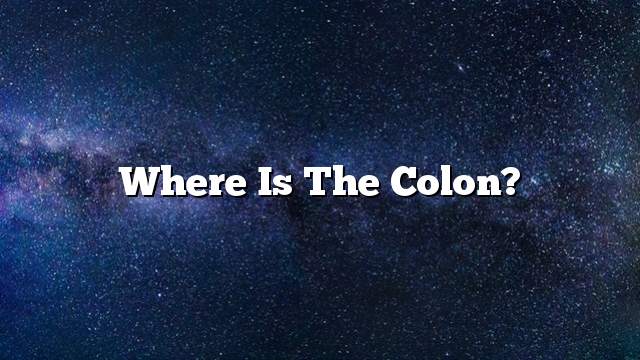Digestive
The digestive system plays an active role in the human life. The functions of the digestive system are complemented by the upper gastrointestinal tract ending in the lower digestive tract. The digestive system consists of the mouth (salivary glands, tongue, teeth) and then the pharynx, the esophagus. The lower gastrointestinal tract consists of the intestine And the large one, and each part of these organs has a special role to play to complete the function of the digestive system as a whole.
Colon
Colon, is part of the large intestine, located at the end of the digestive system, so that they connect with the end of the small intestine, and form with the cecum the so-called large intestine, and ends with contact with the anus, and reaches the length of the large intestine to about a meter and a half, and what distinguishes the colon is to contain Longitudinal fibers are three bundles that extend along the colon region and are called coli, and coliforms are caused by the exposure of the inner muscles of the colon to the contraction.
Colon Sections
The colon is divided into four main sections:
- The ascending colon, also called the right colon, is located in the lower region of the right side of the liver member, forming during its connection to the transverse colon the so-called liver hepatic bowel.
- Transverse colon.
- Downward colon (descending colon) is called the descending colon, or the left.
- The Sigmoid Colon is located in the area closest to the rectum and the anus, and is about 40 centimeters long.
Function
The colon is responsible for absorbing the remaining nutrients and fluids to be converted into rigid stools, in an environment suitable for the growth of intestinal bacteria, and in turn, vitamin K. The functions of the colon are as follows:
- Absorption of water and electrolytes: The colon absorbs the amount of water up to 200 milliliters. Sodium molecules are absorbed very slowly with water by the sodium pump. As the potassium is absorbed by slow propagation, it absorbs the chlorine at high speed and activity through the process. Chlorine exchange with bicarbonate element.
- Bacterial fermentation: The colon relies on the bacterial fermentation of carbohydrates that have not been digested in the colon, providing mucus with the necessary energy to transport the sodium.
- Storing the stool: The colon stores solid waste (stool) and then put it in the anus voluntarily, it is noted that each one gram of stool contains 10 11 To 10 12 Pneumatic and non-pneumatic germ.
- Colon gases: The colon releases five types of gases: nitrogen, oxygen, hydrogen, methane, and carbon dioxide. The source of these gases is the result of human ingestion of air, produced inside the lumen or through the spread of air in the blood.
- Mucous secretion: The colon excretes sticky mucus.
Colon Diseases
- Irritable bowel syndrome.
- Organic Colon Disease.
- Colitis.
